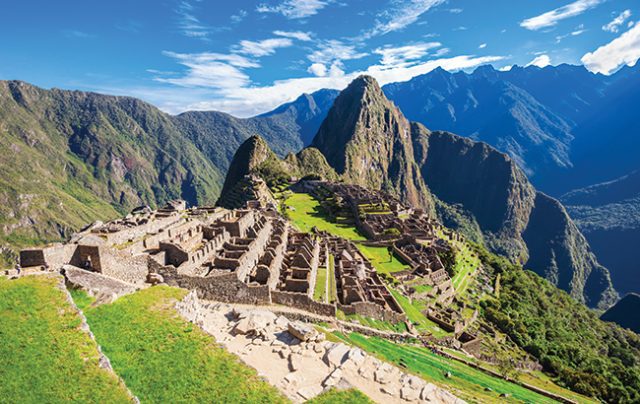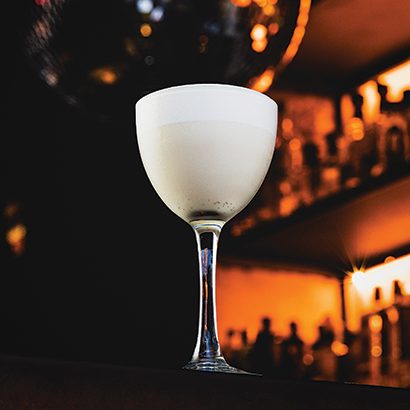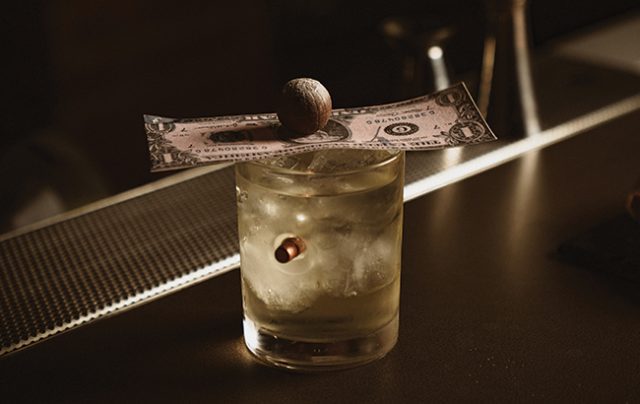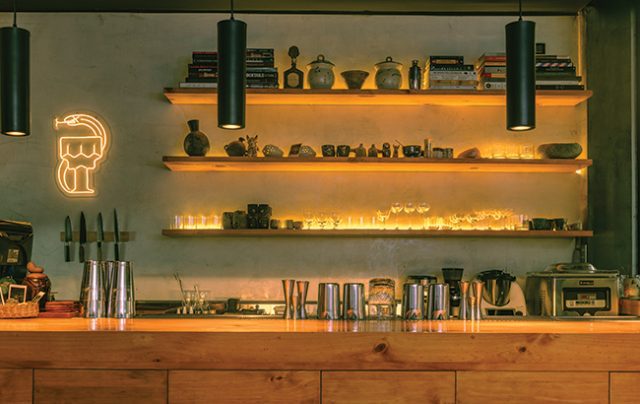Global Bar Report 2023: South America
Bars in South America are embracing their moment in the spotlight, from Buenos Aires in Argentina, to Bogotá in Colombia, and Lima in Peru.

The bar scene in South America is booming. The global bar community has taken notice, of Brazil’s São Paulo in particular, host to this year’s Diageo World Class final, as well as Bar Convent Berlin’s (BCB) show in the city in June.
Events such as these have shone a light on the bar scene in Brazil, and South America more broadly. At BCB this year there were presentations on topics such as Latin American spirits and culinary culture from a Brazilian perspective, while the country’s national spirit, cachaça, was featured in a dedicated space organised with the Brazilian Cachaça Institute. “São Paulo being home to such important events has made local bartenders feel even more energetic, and willing to push beyond the boundaries, to connect with other professionals, observe what they are doing out there, and exchange experiences,” says Helena Rocha, who until recently worked with São Paulo bar Tan Tan.
Greater efforts
The city’s bar scene is evolving, Rocha believes. “We have been moving towards the direction that the world has been heading in for some time – we are talking about options with low-alcohol content, or even without alcohol, and I’ve seen a greater effort to educate consumers about spirits, ingredients and ice,” she says.
“People are increasingly interested in what they drink, and also about their health and wellbeing.”
In Colombia, meanwhile, Laura Hernández Espinosa, beverage experience designer of La Sala de Laura and Leo in Bogotá has watched the bar scene undergo what she describes as “a significant transformation” in the past year. She says: “Culinary proposals in cities like Bogotá, Medellín, Barranquilla, and Cartagena are focusing on local ingredients, valuing tradition as part of innovation, and celebrating regional identities. This reflects a heightened awareness of the country’s cultural and biological diversity, moving away from a Eurocentric perspective.”
At La Sala de Laura, local ingredients are used in fermentations, infusions, and spirits, and the bar partners with local communities. “Colombia is taking important steps towards proposals that highlight the Colombian identity in the realm of mixology. This evolution has garnered attention, and is generating interest in a potential liquid revolution in the country.”
Charly Aguinsky, of Tres Monos in Buenos Aires, believes that his city might be the most exciting in South America. “From huge investments to made-from-scratch bars like ours, speakeasies, subways, rooftops, basements, neighbourhood bars… the list goes on,” he says. “As bartenders in Argentina, we always need to be creative and sort out different difficulties, and that has translated into bars for every palate.”
This approach extends to the rest of the continent, he says. “We love working with local ingredients and suppliers, which builds a community that goes beyond the bar. This is expanding to the rest of South America too and is one of the reasons why our countries are creating an impact worldwide.”
That’s not to say that bars in South America aren’t without their of challenges. “Considering factors like limited travel, importation difficulties, and the need for local innovation, bars and bartenders in South America demonstrate adaptability and resourcefulness,” says Espinosa.
Aguinsky, too, not only acknowledges the challenges faced by the industry, but how that drives the bar scene to be better: “The financial crisis we face constantly makes it challenging to run a business, but at the same time pushes us to be creative.”
Bars to watch in 2024
Picco – São Paulo, Brazil

A pizza joint with cocktails, Picco represents the best of the casual side of São Paulo’s bar scene, offering top-notch drinks and food in a relaxed setting. The pizzas are Neapolitan in style, with drinks created by Lula Mascella and his team. The other two core elements are music and art, covered by free jazz and Brazilian performances every day, and a back yard adorned with graffiti by the city’s newest street artists. As Helena Rocha puts it: “They give very warm and friendly hospitality that you will hardly find in other bars in São Paulo, and this is also where you’ll find the best Daiquiri in town.”
Bar Enigma – Santiago, Chile

Chilean speakeasy Enigma opened its hidden doors less than a year ago, living up to its name with a mysterious entrance hidden behind a curtain in a cafe. Once inside, you’ll find a luxurious, immersive space, with cocktails to match, continuing the enigma theme, and spanning influences from around the globe. These are decidedly Instagram-worthy too, with elaborate glassware and garnishes, such as the Bermuda Triangle, presented in a wooden boat. To accompany the excellent cocktail list is a menu of Peruvian food. The team here is led by Pablo Prufer, Diageo World Class country winner for Chile in 2021.
Lady Bee – Lima, Peru

There’s no doubting the commitment to classic cocktails at Lima’s Lady Bee, given that it takes its name from two such classics, the White Lady, and the Bee’s Knees. The couple behind this diminutive bar are Alonso Palomino and Gabriela León, who offer inventive drinks paired with a changing menu – don’t miss the Three Sips Martini, made with Coastal Hills, a sugarcane distillate with Peruvian botanicals, and served with pickled sea lettuce, trout caviar, and an olive. There isn’t a brand to be seen on the back bar, and sustainability is at the core of its ethos. Lady Bee took the Campari One to Watch accolade in the World’s 50 Best Bars awards this year.
Related news
